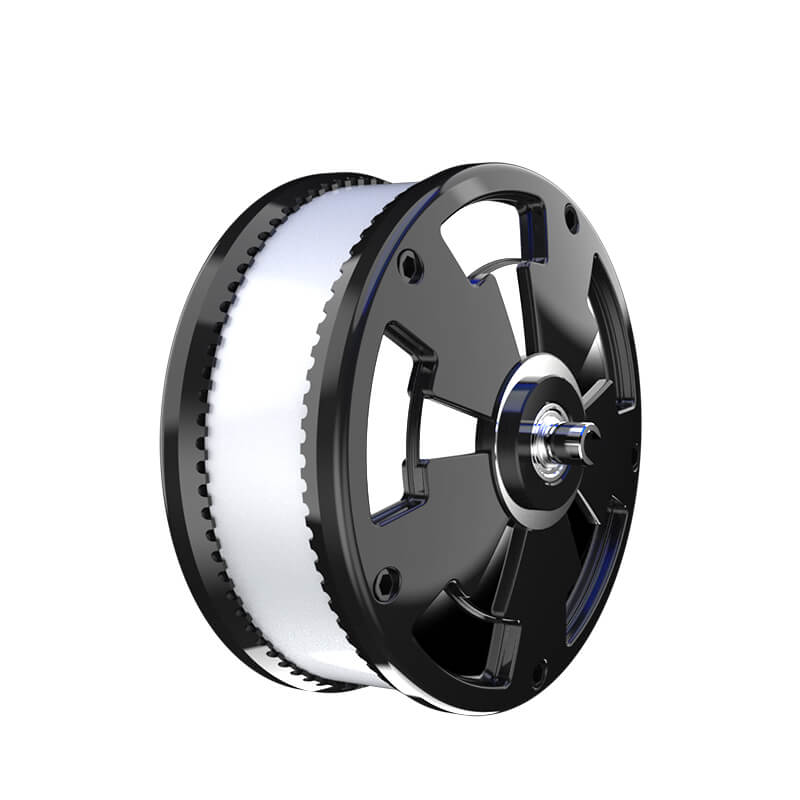Imagine you're zipping through a robotics project, and there's this tiny, powerful hero—your servo motor. Ever wondered what truly makes it tick? It's more than just spinning parts; it's this dynamic dance between torque and speed. Not just numbers—it's about how your servo can handle tough loads without breaking a sweat, yet still zip around with precision.

Take a moment to think about a miniature robotic arm. When it picks up a cup of coffee, the torque must be strong enough to support the weight. But at the same time, it doesn't need to move like a snail. That's where the magic of torque-speed characteristics kicks in. These curves basically tell the story of how much pull your servo can muster at different speeds—from sluggish to speedy.
Many casual observers overlook that when a servo motor's torque is highest at zero speed—that's the stall torque. Imagine trying to stop a heavy door with just your finger. It’s tough, right? That's the same principle. And as the motor speeds up, torque naturally drops. Think of it like running: sprinting is fast, but you can't lift as much while sprinting full throttle. This inverse relationship isn't just academic; it impacts real-world applications.
But why does this matter? Well, picture designing a drone with camera stabilization. If your servo can't sustain torque at high speeds, your footage will jitter. Conversely, for a robotic joint needing rapid movement, understanding the speed limits without sacrificing torque is critical. It’s like balancing your favorite pair of sneakers—too tight, and it’s uncomfortable; too loose, and it’s unstable.
In essence, the key is selecting a servo with the right torque-speed curve for your project. Do you need maximum holding force at low speeds? Is quick movement the priority? Sometimes, it’s about finding that sweet spot—where torque doesn’t drop off so sharply that it hinders performance, yet speed remains within functional ranges.
When you start diving into the specifications, keep an eye on the rated torque and the rated speed. These figures aren’t just numbers—they’re your guide to what the servo can do in real life. The more you understand the graph, the better you can match the servo to your needs—whether it's a precise robotic arm or a fast-moving conveyor system.
Thinking about upgrading or customizing your setup? Remember, the right servo isn't just about raw power; it’s about how that power is delivered at different speeds. Quick response, durability under load, efficiency—these all hinge on mastering the relationship between torque and speed.
So, next time you mull over choosing a servo motor, visualize that torque-speed chart in your mind. Find what fits your project, and watch your devices perform exactly as envisioned—powerful, precise, and effortless. That’s the promise of understanding those curves—turning technical specs into real-world magic.
Kpower has delivered professional drive system solutions to over 500 enterprise clients globally with products covering various fields such as Smart Home Systems, Automatic Electronics, Robotics, Precision Agriculture, Drones, and Industrial Automation.




































